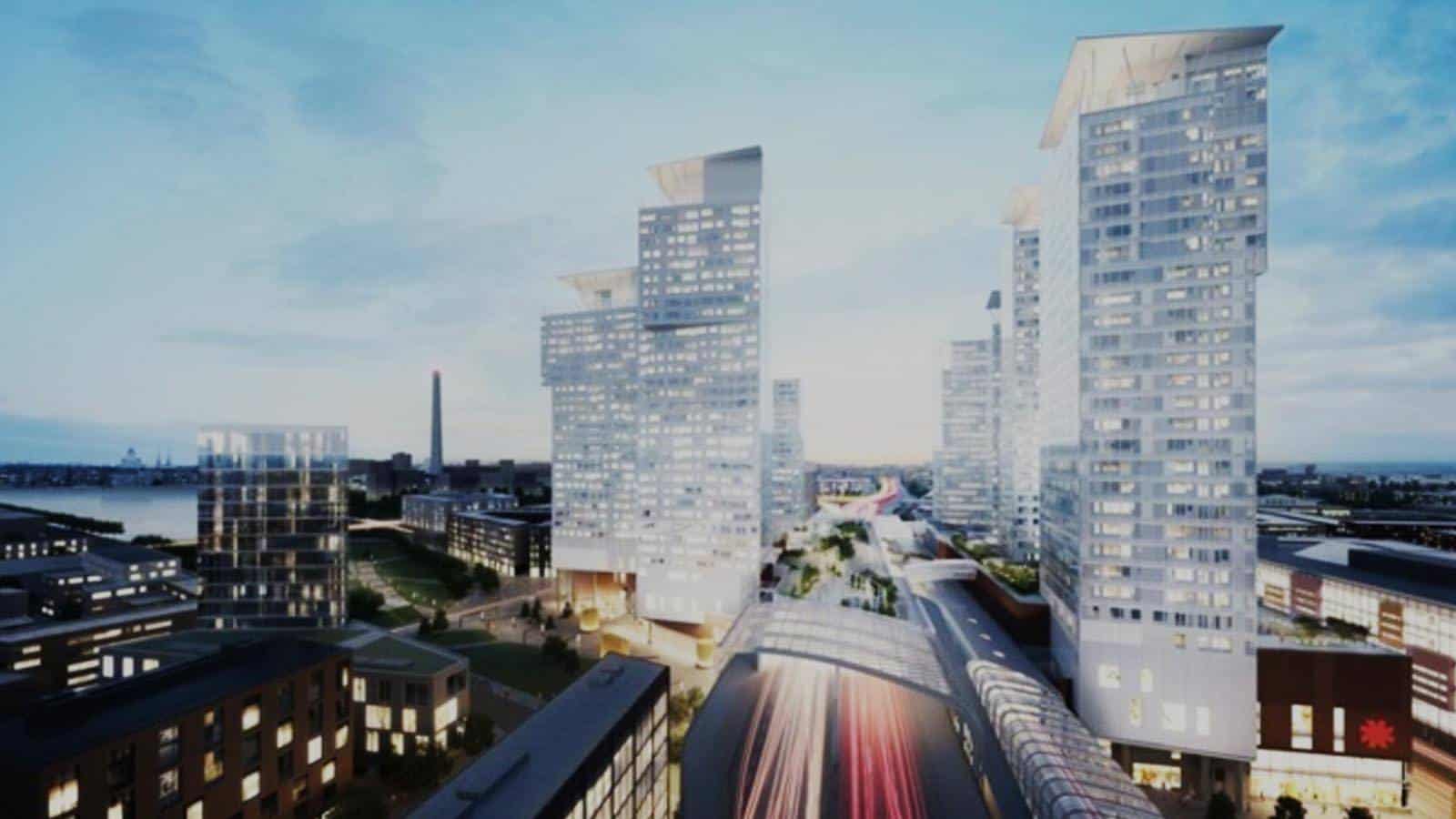
In Helsinki, the “participatory” smart city
2 minutes of reading
“The most functional smart city in the world. ” Helsinki’s ambition is a mighty one… but has real potential. The Finnish capital wants to align new technologies with usages suited to the lives of its residents.

The Finnish capital wants to align new technologies with usages suited to the lives of its residents. By the year 2035, it intends to meet its objective of carbon neutrality, requiring compliance from the new infrastructures needed to accommodate some 100,000 new residents over the next ten years.
Helsinki is focussing on the priority themes of becoming a smart city: health and wellbeing, digital industry, urban-specific technologies. The buildings within the Kalasatama eco-neighbourhood, for example, are heated using heat pumps that recover energy from wastewater. The city has even developed a specific unit dedicated to innovation: Forum Virium. It encourages the development of mobile apps, for example to manage daily life for asthmatics, or to assess the value of a forest.
More than simply layering up multiple technological innovations, the Finnish capital’s approach is original in that it attaches particular importance to the way in which these technologies are used by its residents. Hence the fourth cornerstone of its smart city vision: a city of citizens. Forum Virium organises workshops for residents in order for them to test innovations, to be consulted on future projects, etc. In short, they hold a stake in the development of their own city. The elderly residents of the Kotisatama housing community are also its owners, and not only on paper: they were involved in designing the layout of their own apartments and communal areas.
The Finnish capital relies on a partnership between local authority, private partners and the resident population in fulfilling its objective. Its smart city project has so far only met with one problem: the completion of a huge shopping centre in the Kalasatama neighbourhood at the end of this month, which hopes to attract almost 12 million visitors in its first year of operation. Eight tower buildings are also planned to emerge. A development which was fiercely debated among local residents, but which was finalised nonetheless. So the involvement of citizens in the future development of their city does not always extend further than consultation after all.
More reading
Read also




What lies ahead? 7 megatrends and their influence on construction, real estate and urban development
Article
20 minutes of reading

